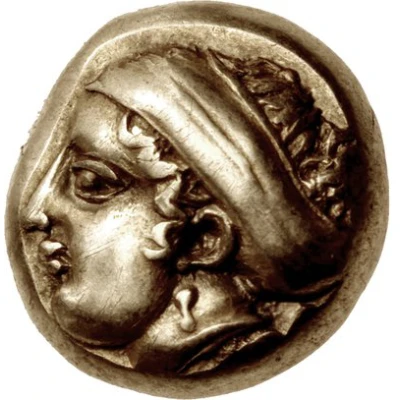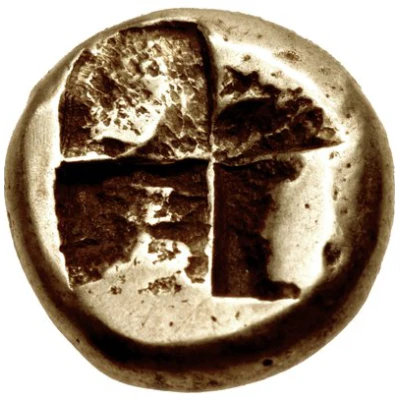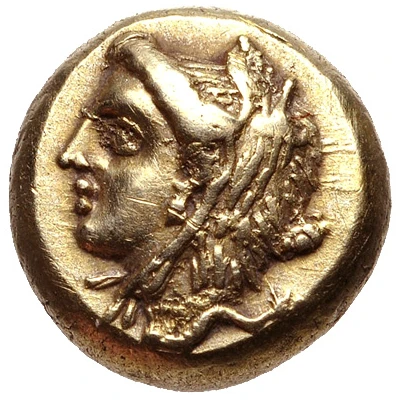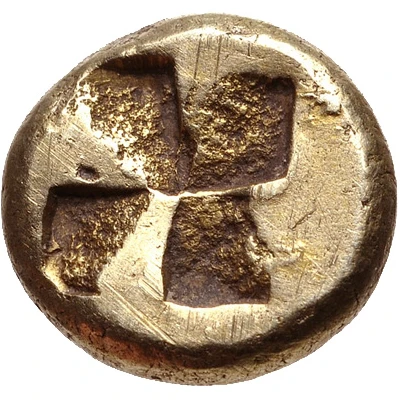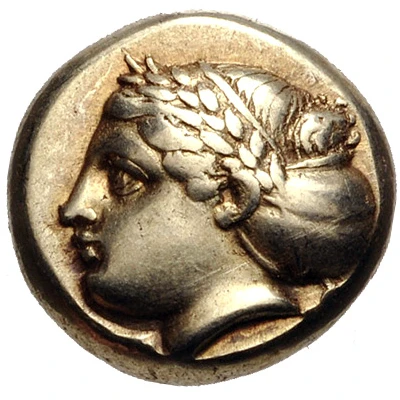
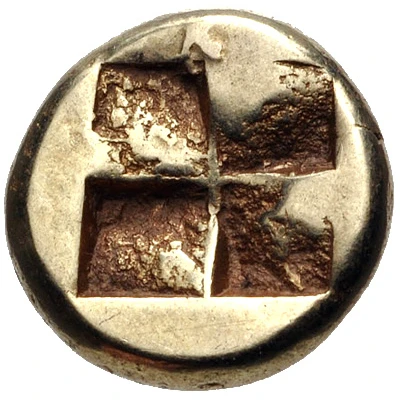

© Classical Numismatic Group, Inc.
Hekte 387 BC - 326 BC
| Electrum | 2.55 g | 10.0 mm |
| Issuer | Phokaia (Ionia) |
|---|---|
| Type | Standard circulation coin |
| Years | 387 BC - 326 BC |
| Value | Hekte (10⁄3) |
| Currency | Drachm |
| Composition | Electrum |
| Weight | 2.55 g |
| Diameter | 10.0 mm |
| Shape | Round (irregular) |
| Technique | Hammered, Incuse |
| Demonetized | Yes |
| Updated | 2024-10-10 |
| Numista | N#147967 |
|---|---|
| Rarity index | 100% |
Reverse
Quadripartite incuse square
Interesting fact
The Hekte coin was used as a form of currency in the ancient Greek city of Phokaia, which was located in the region of Ionia (now modern-day Turkey). The coin was made of electrum, a naturally occurring alloy of gold and silver, and weighed approximately 2.55 grams. Despite its small size, the Hekte coin played a significant role in the economy of Phokaia and was widely used for trade and commerce. Its design featured an image of a lion's head on one side and an inscription on the other, which helped to identify its value and authenticity. The use of the Hekte coin in Phokaia dates back to the 4th century BC, making it a valuable piece of history for numismatists and collectors.
